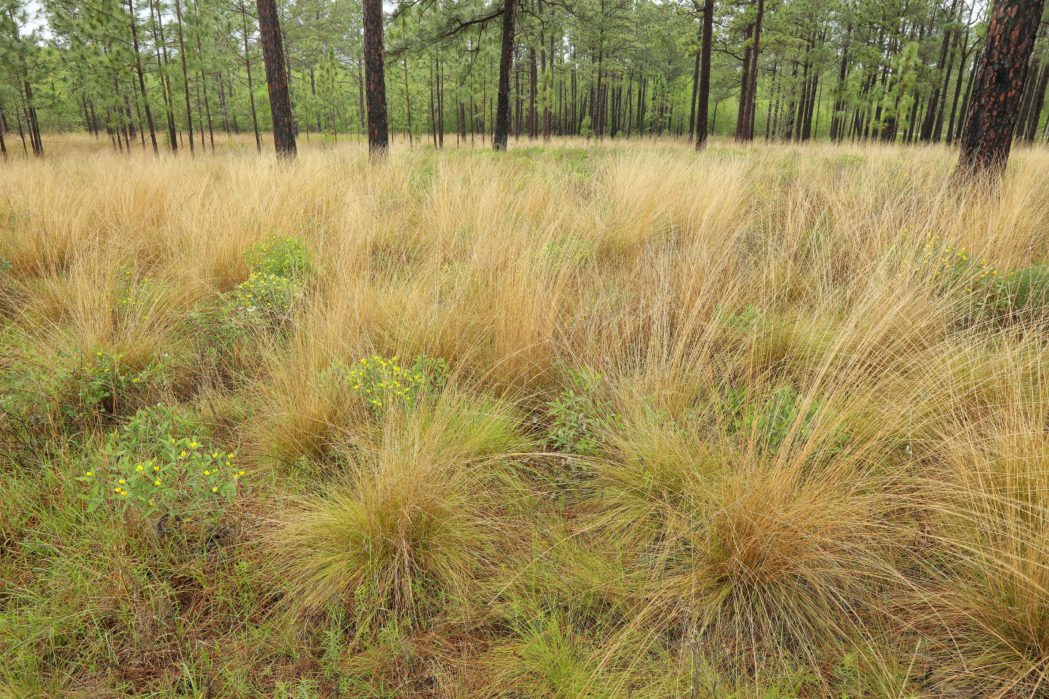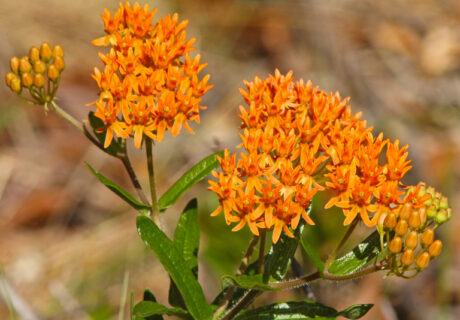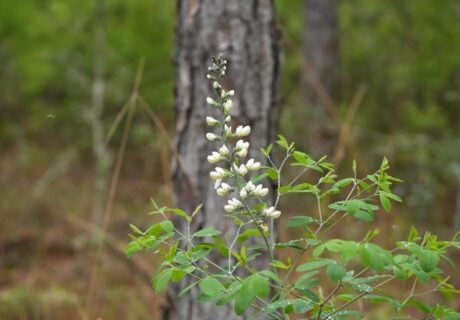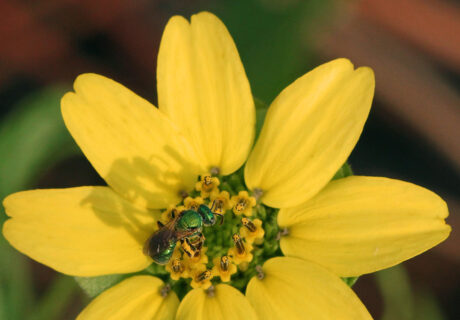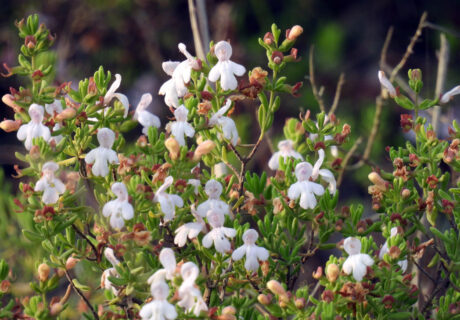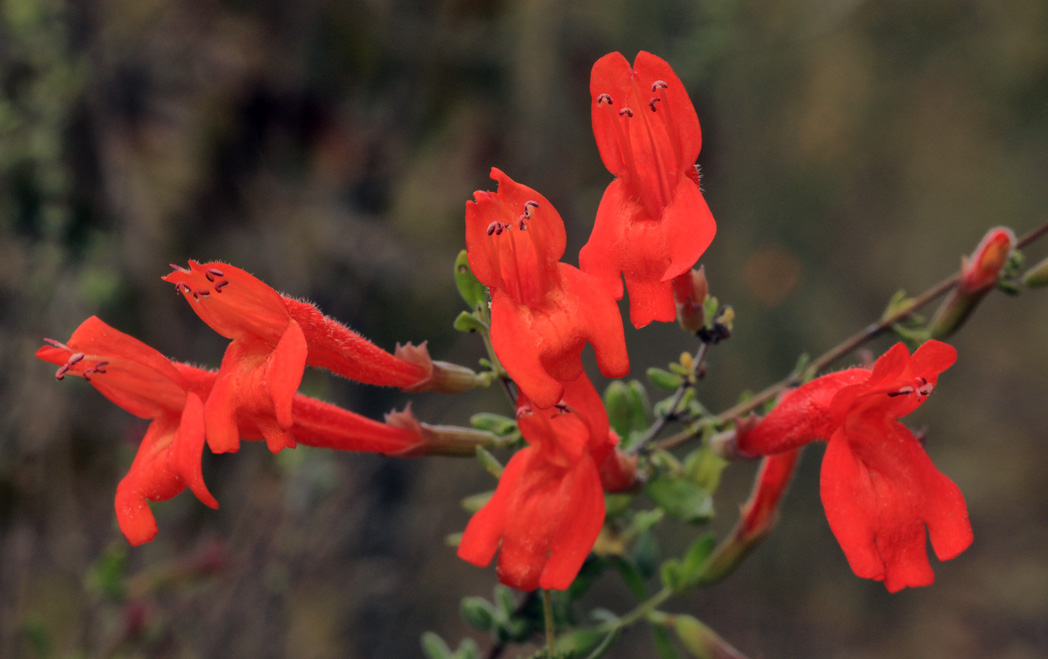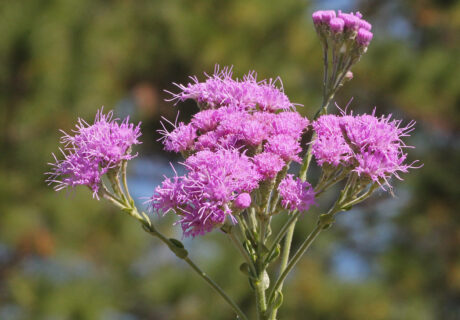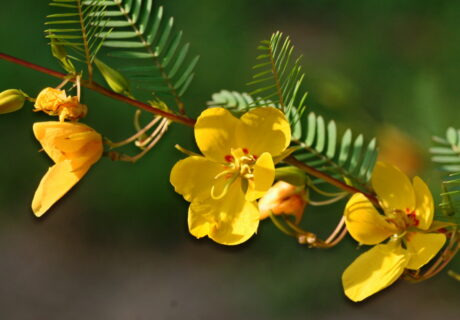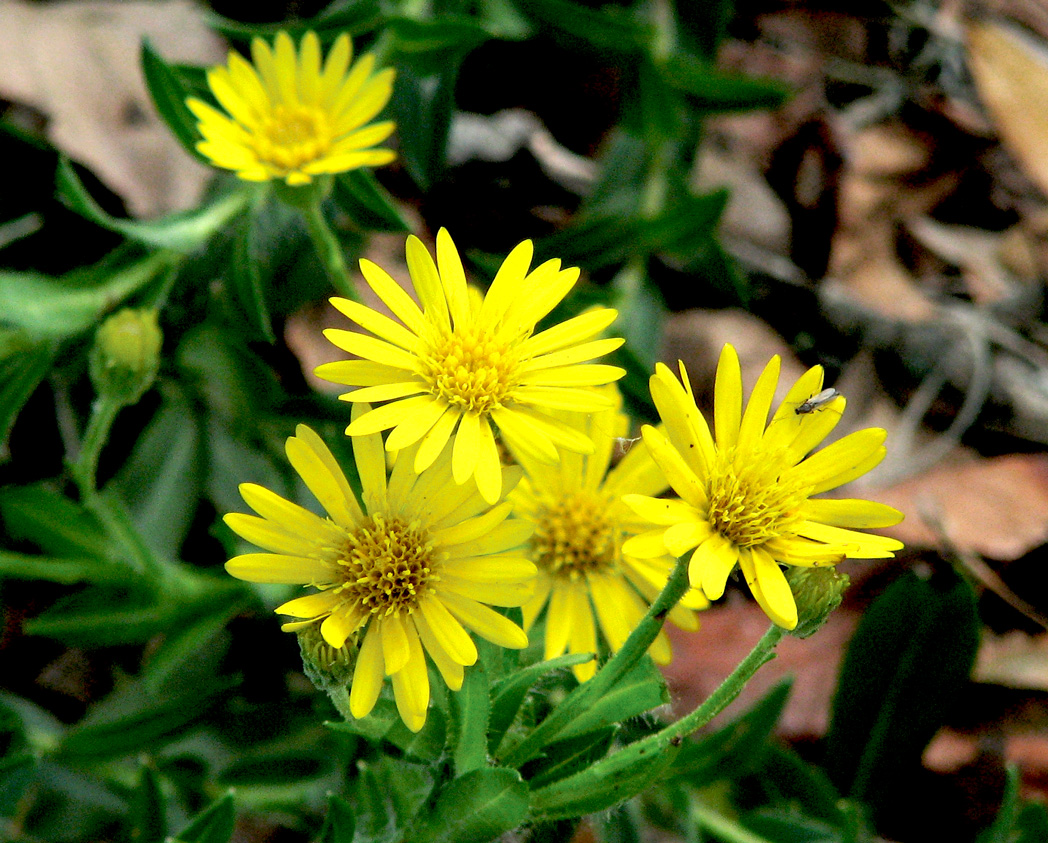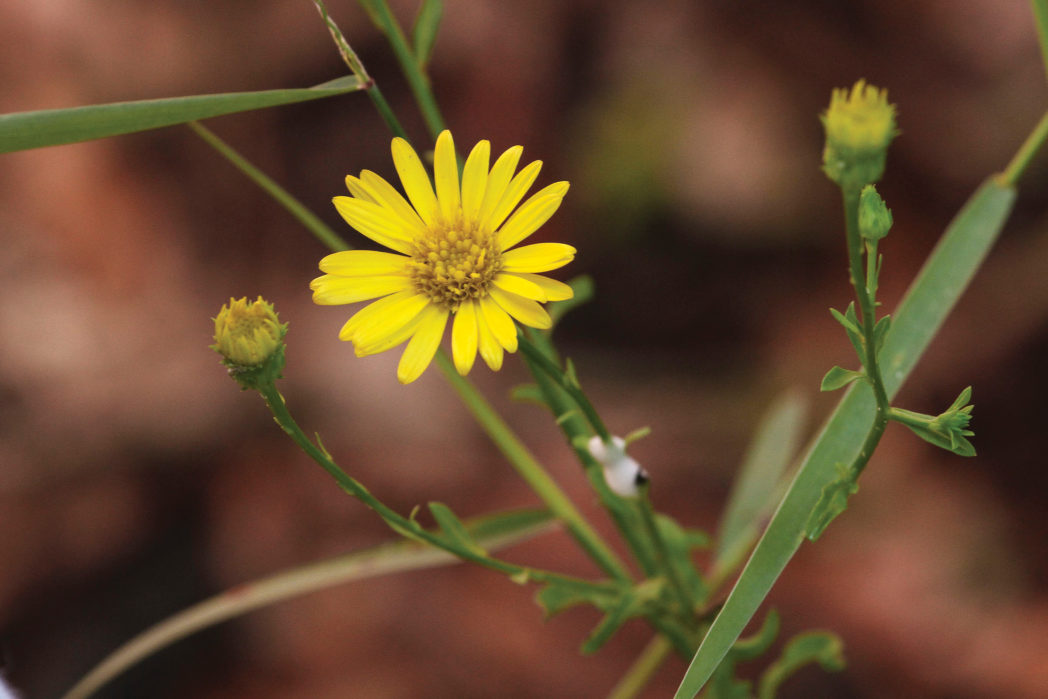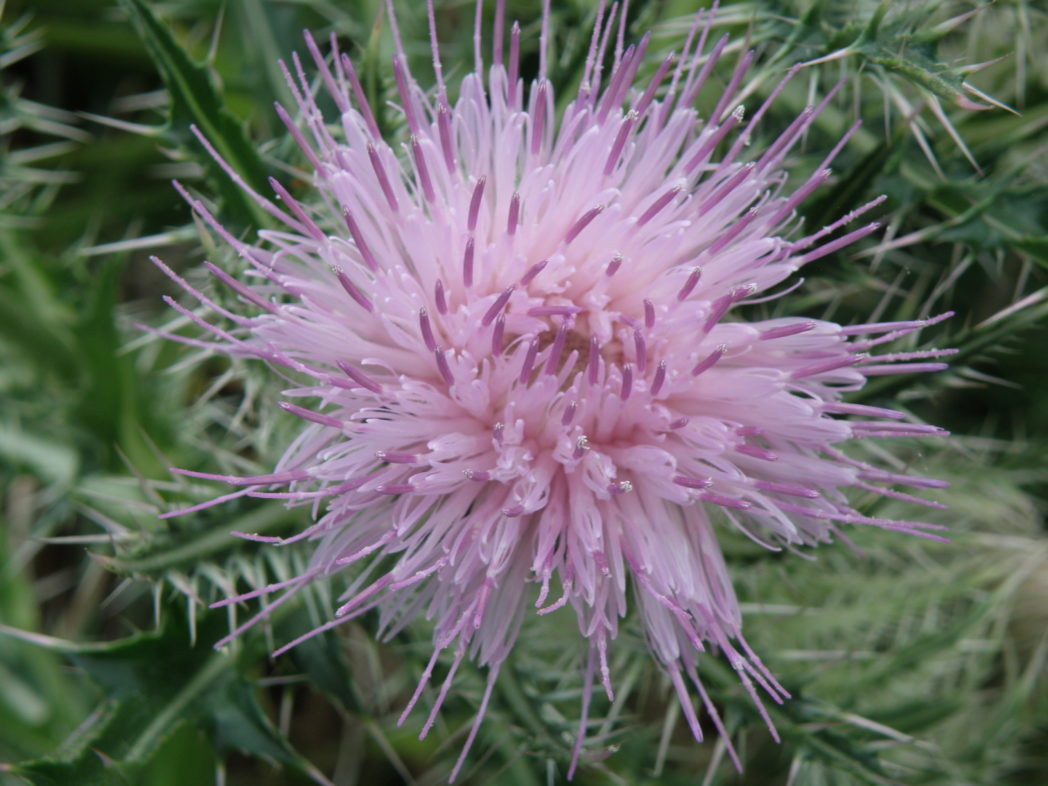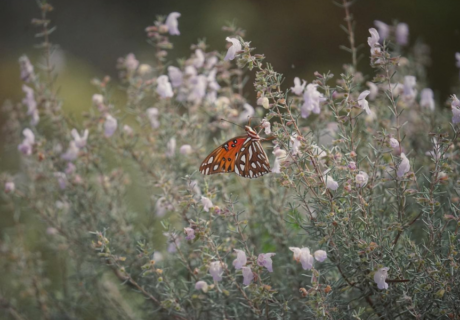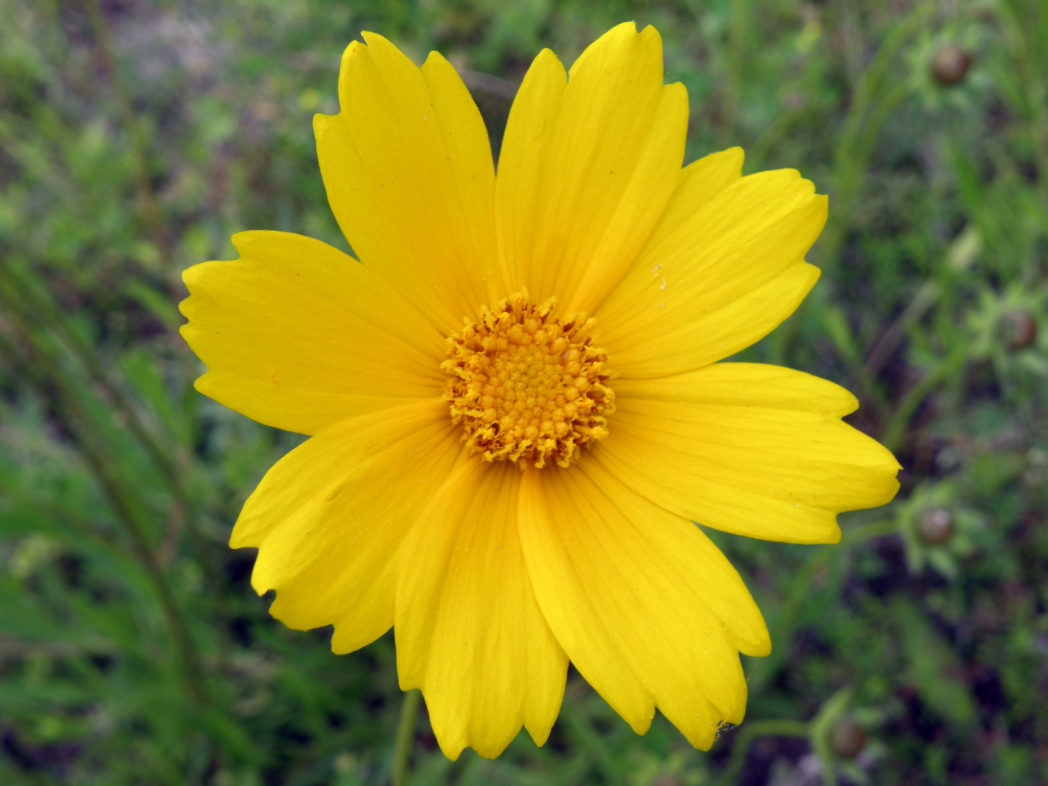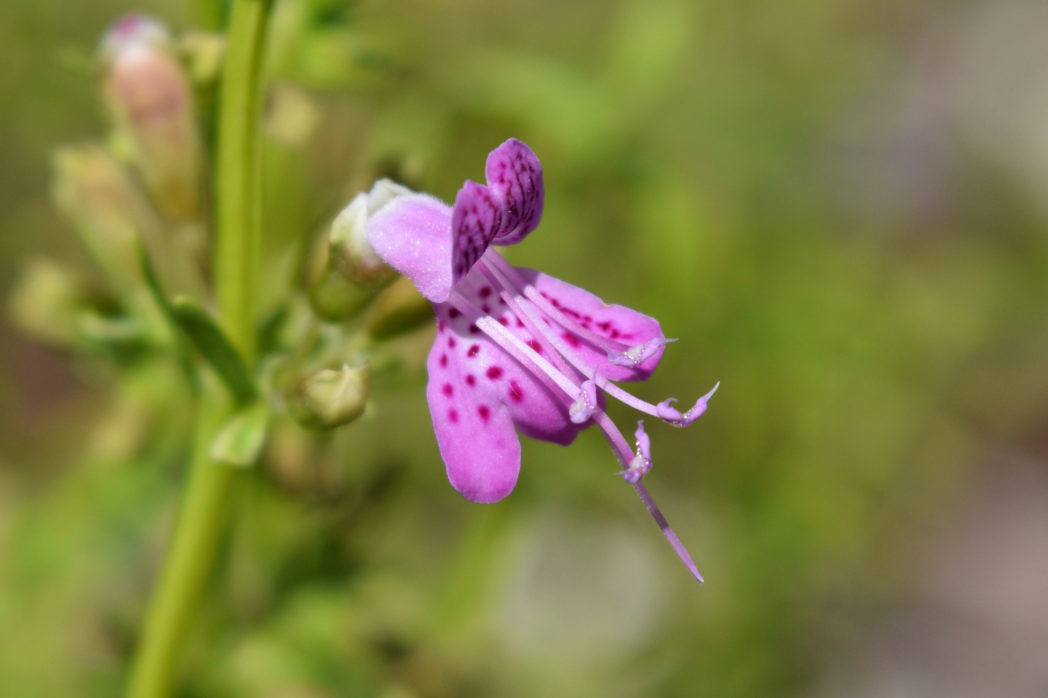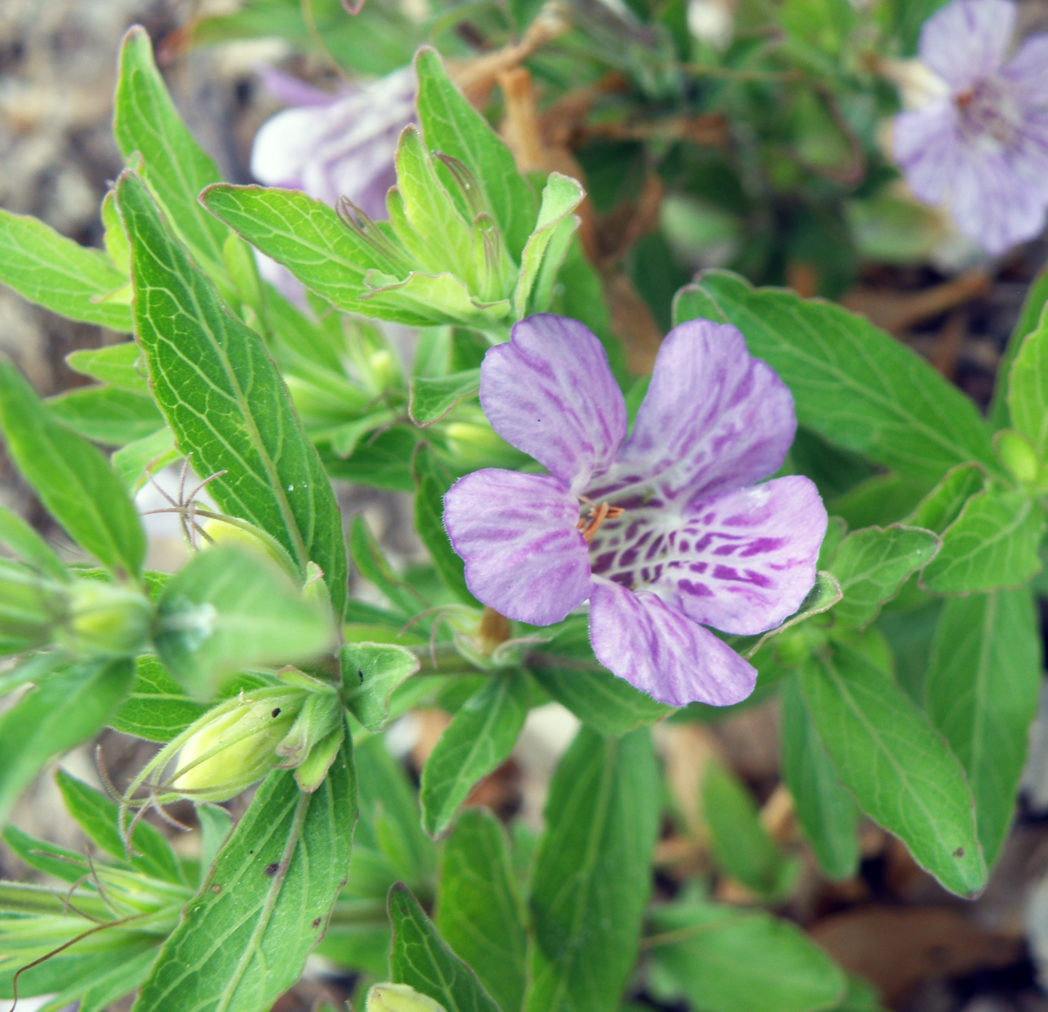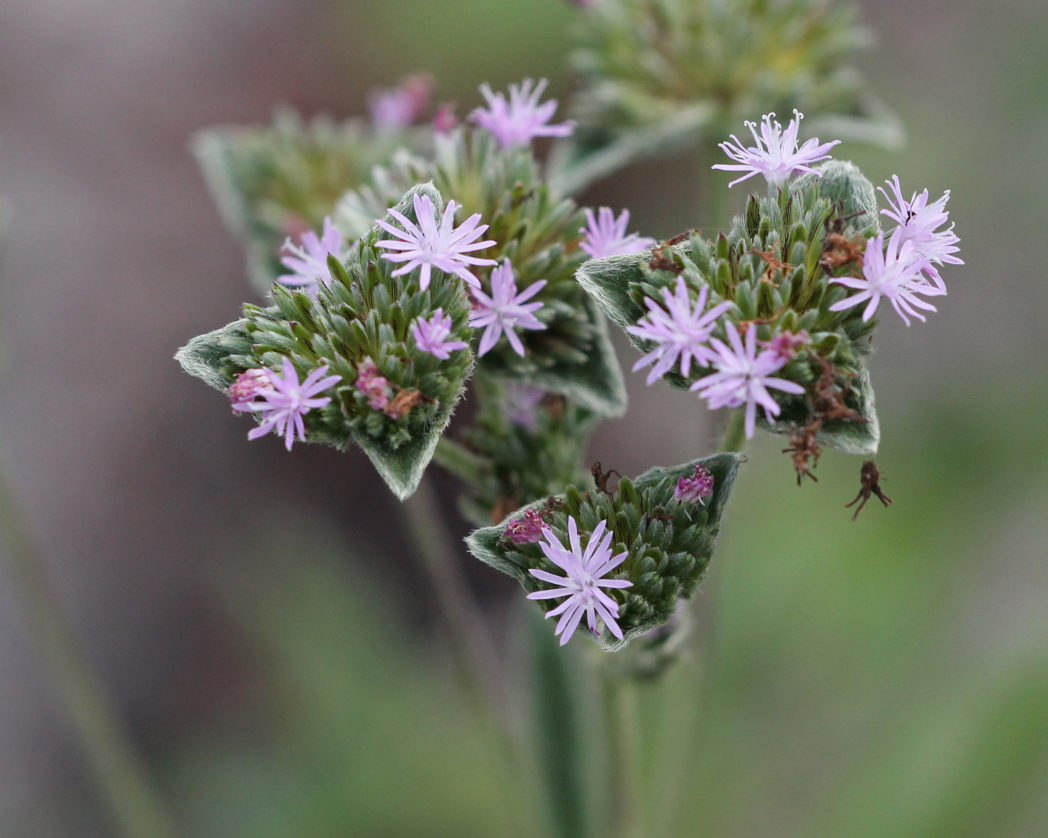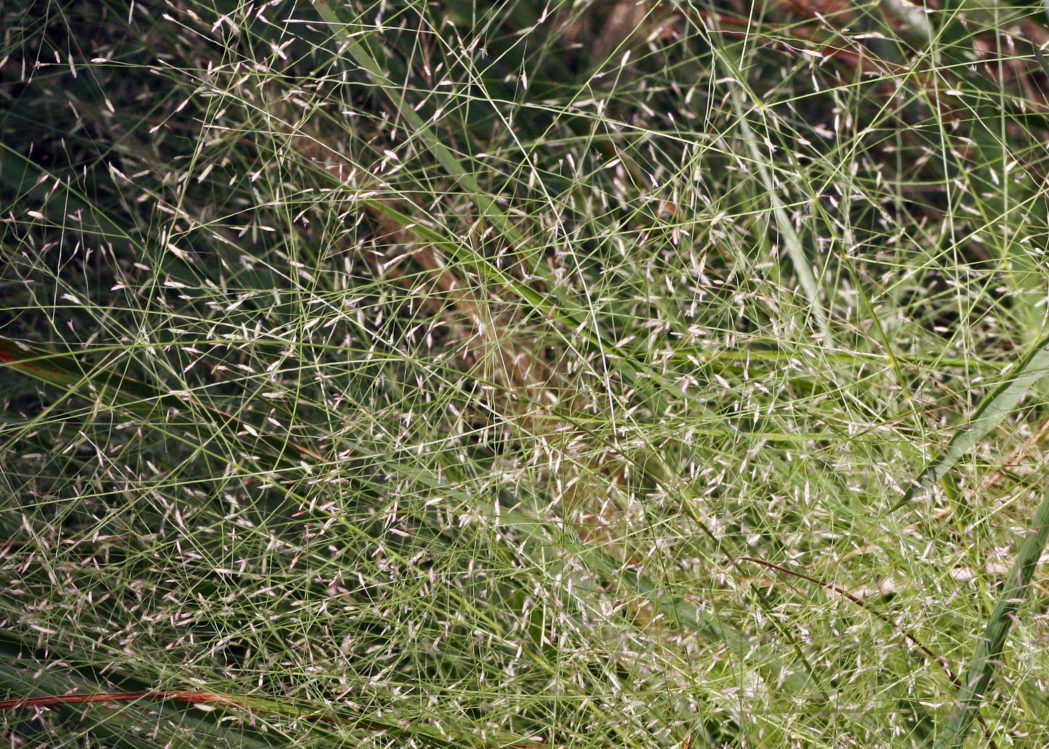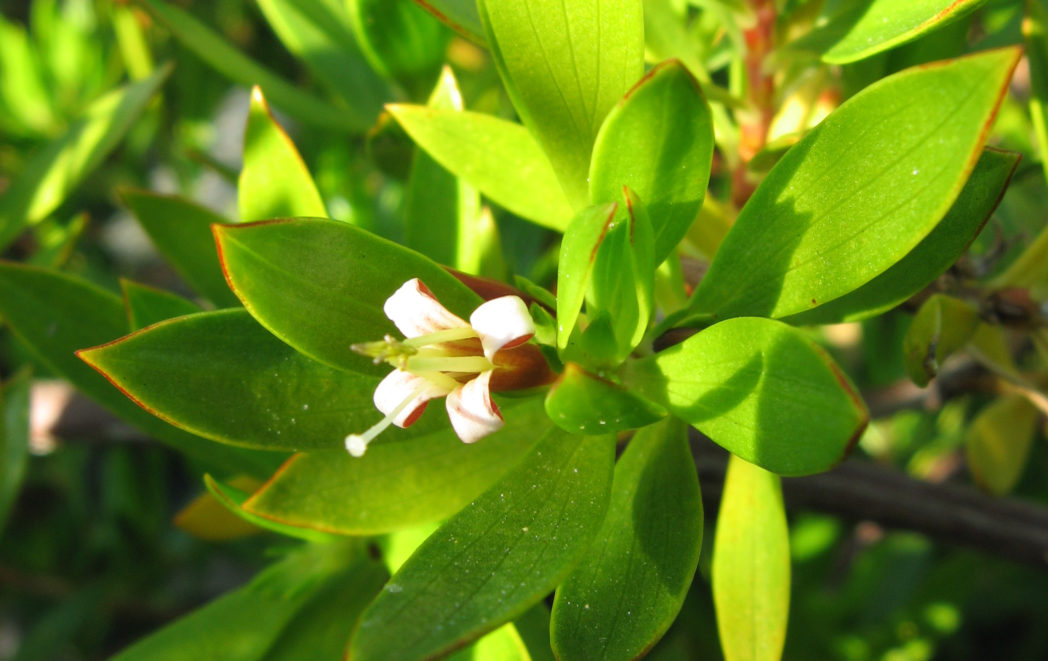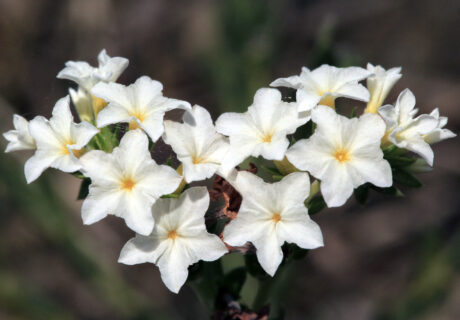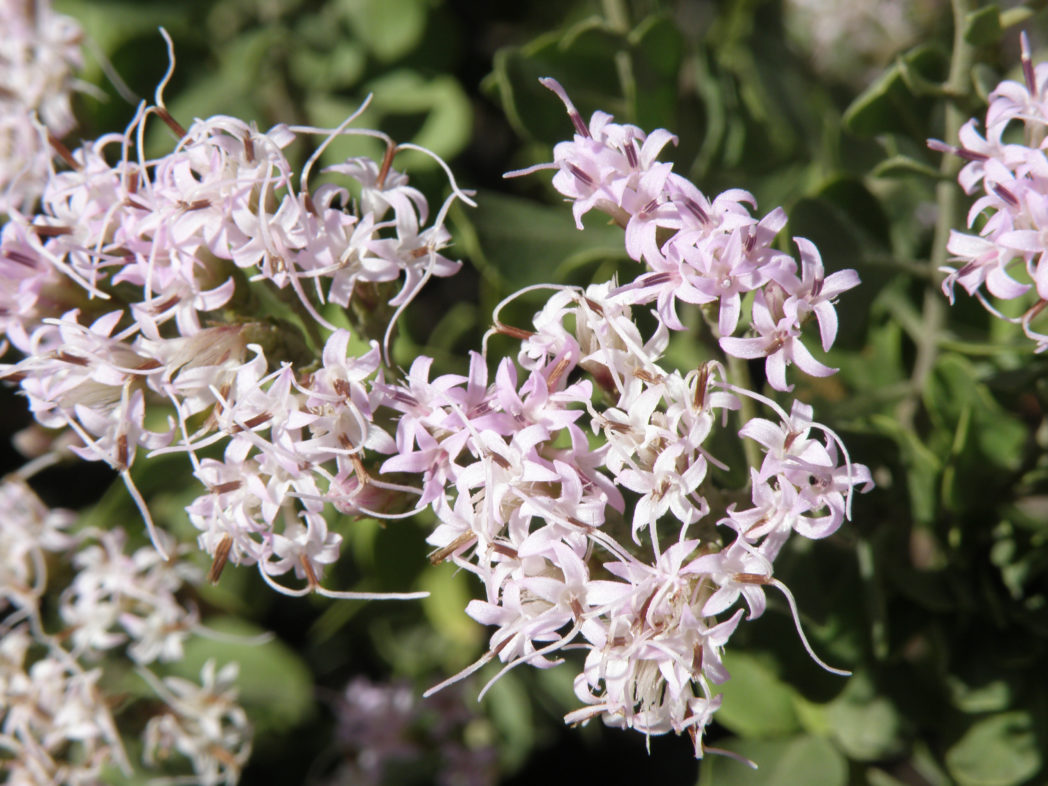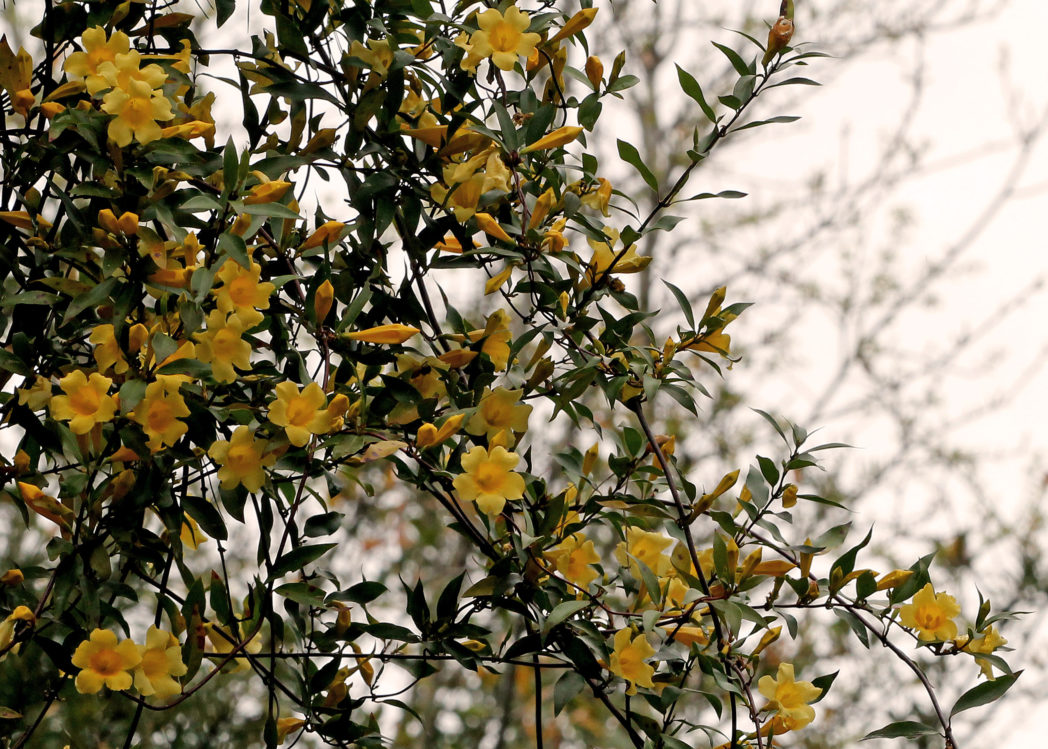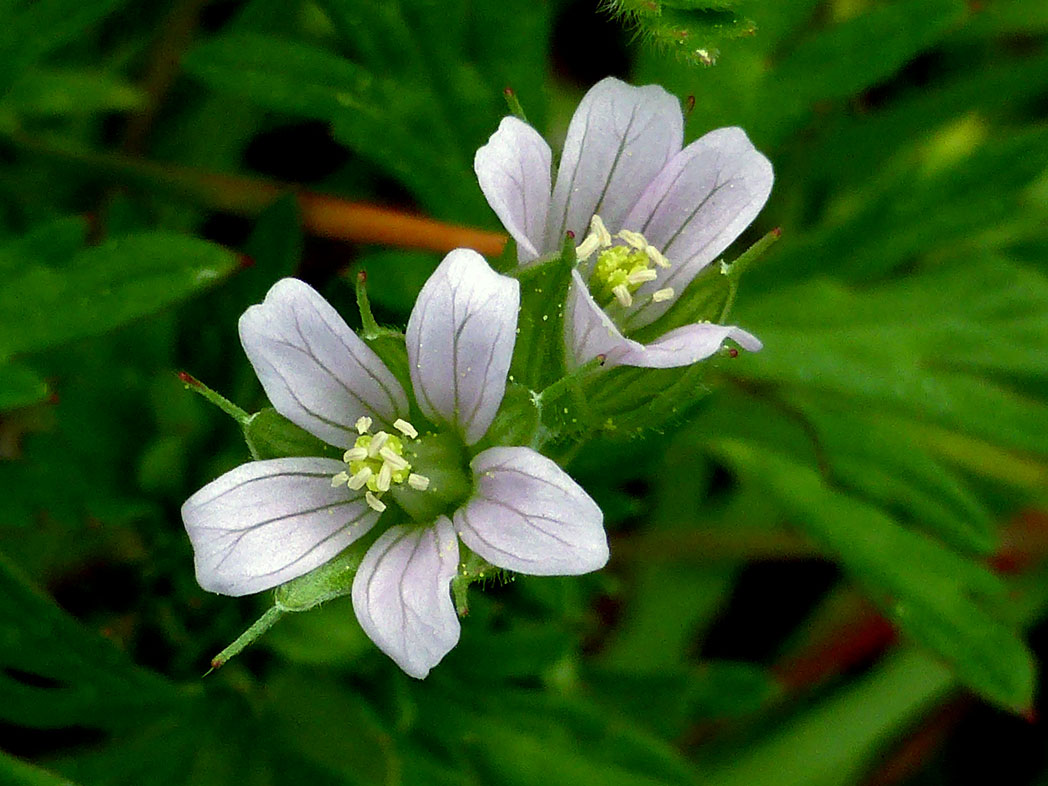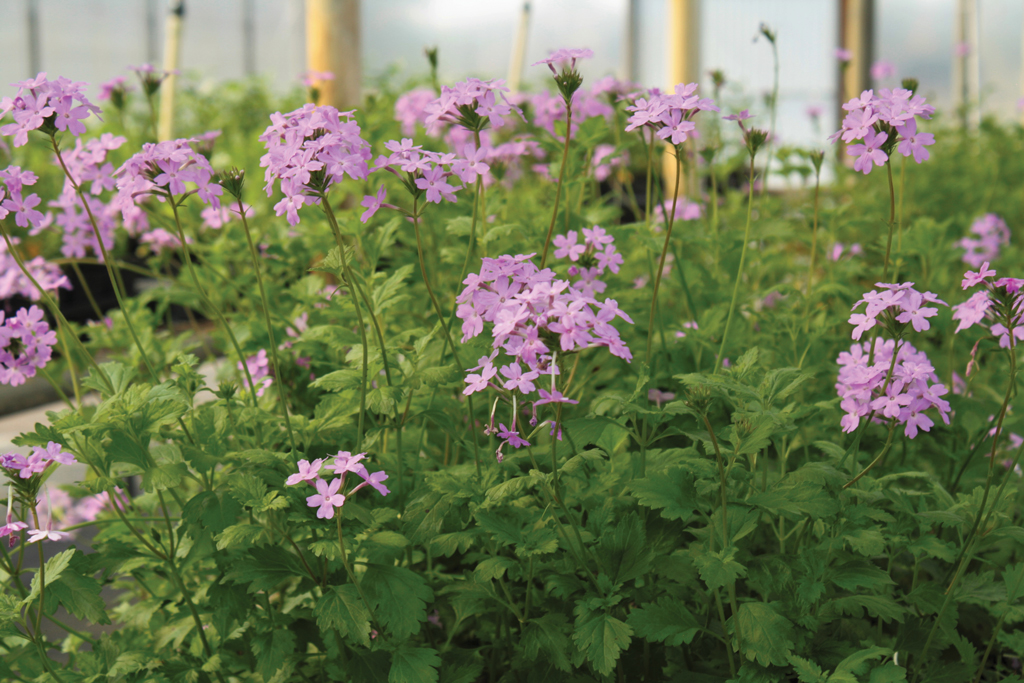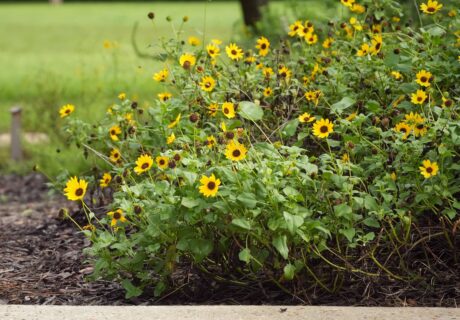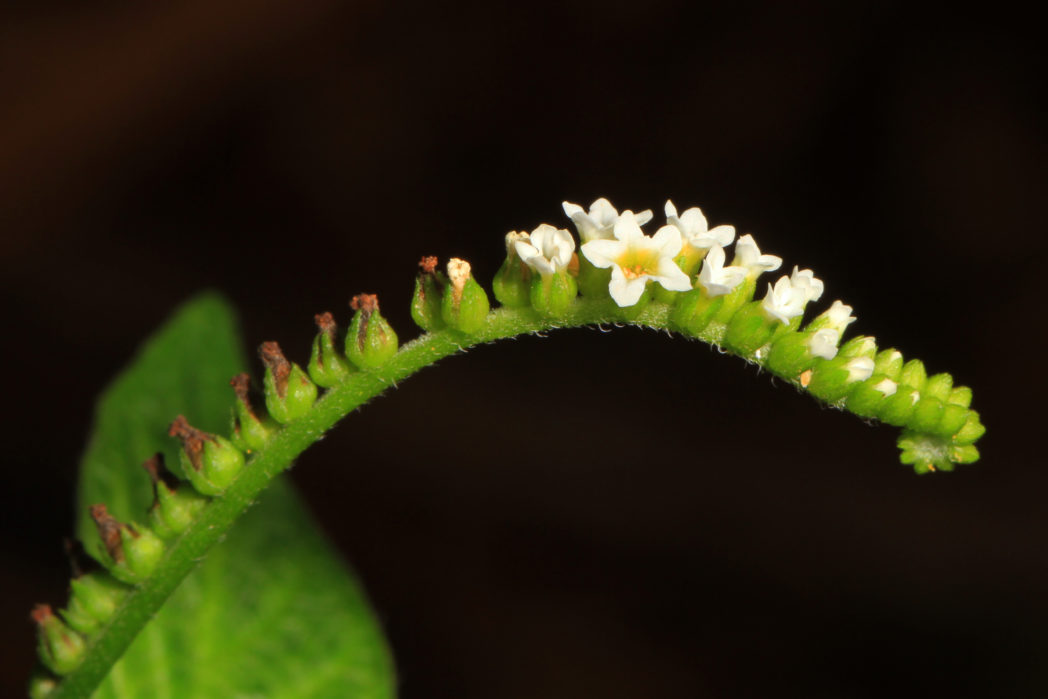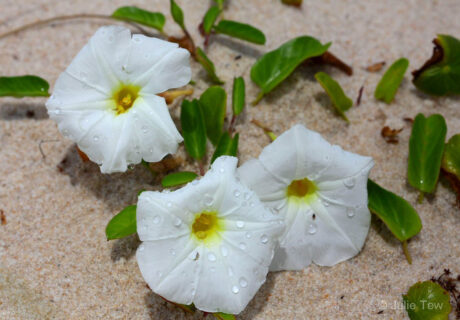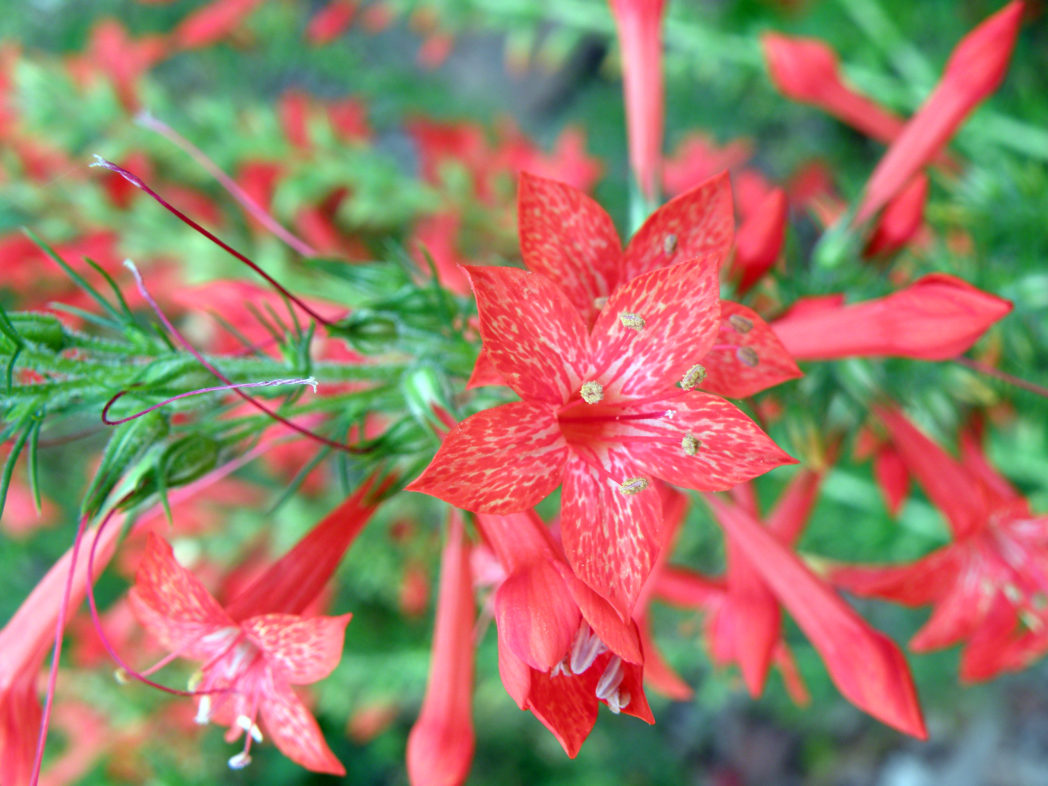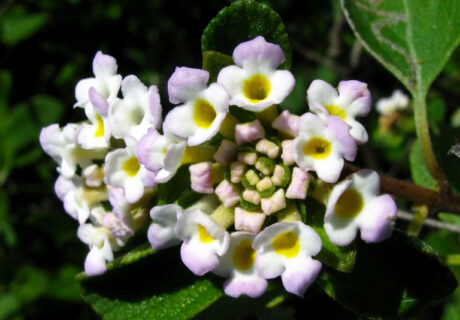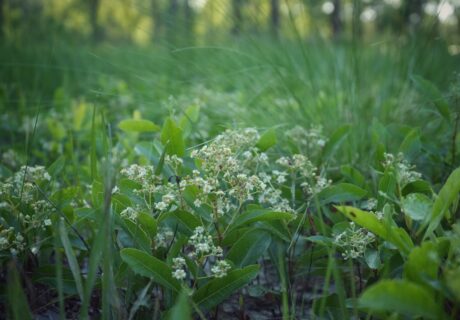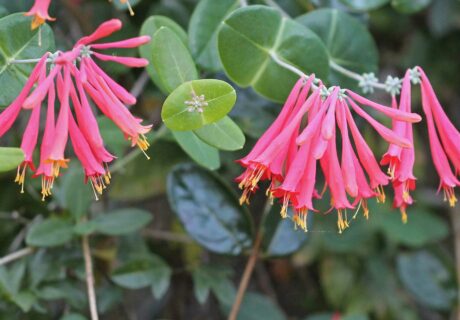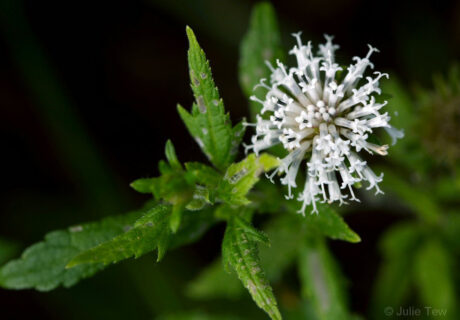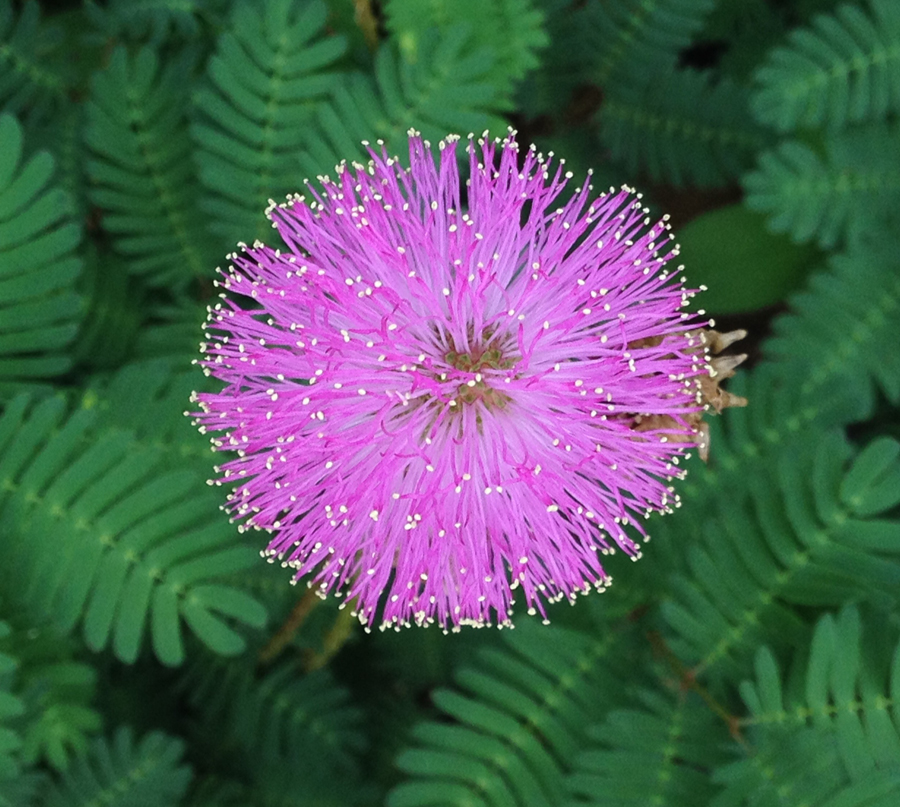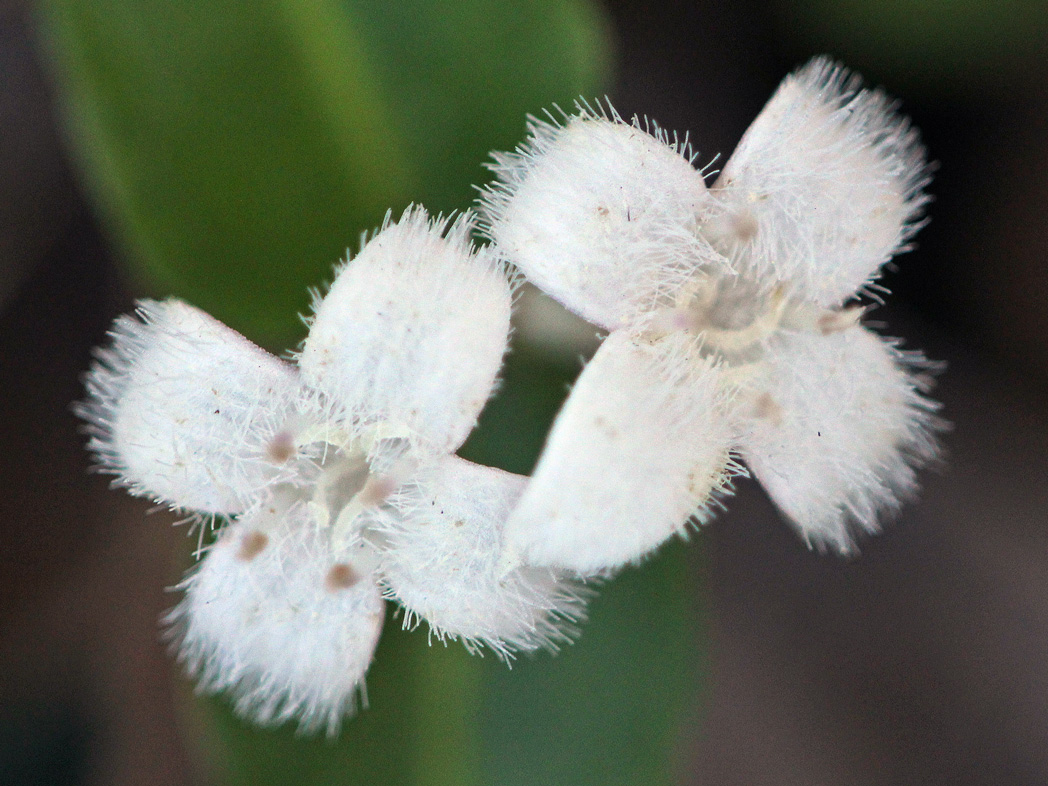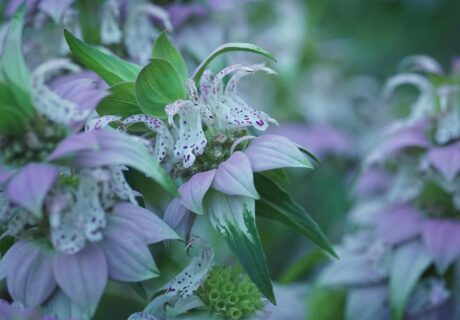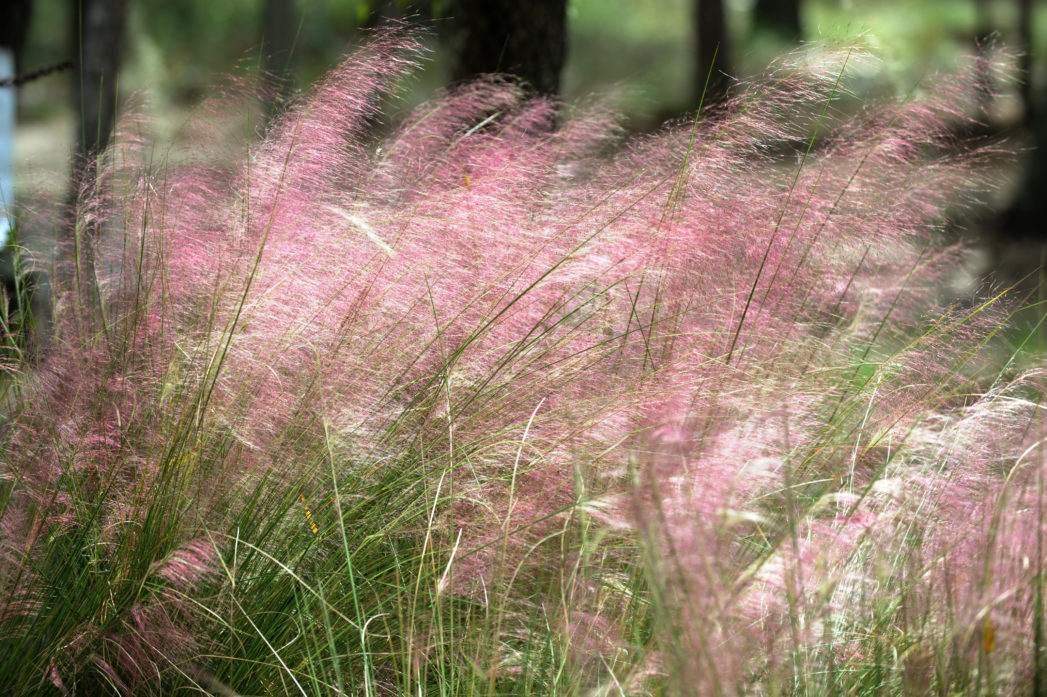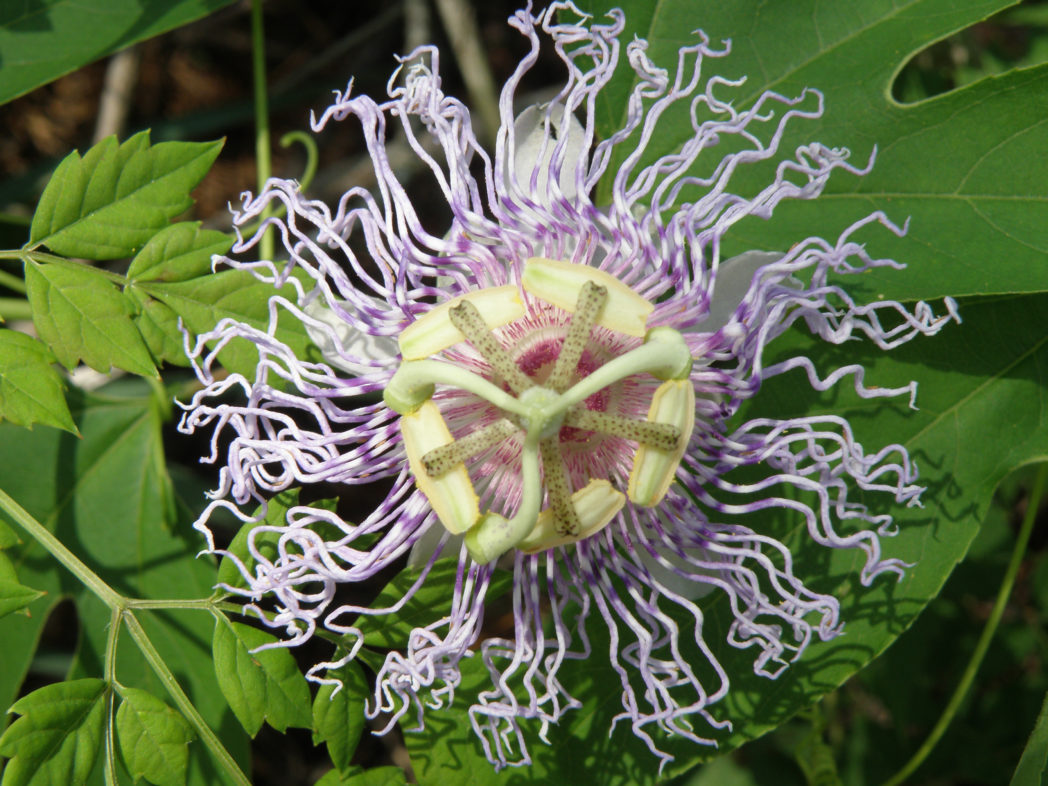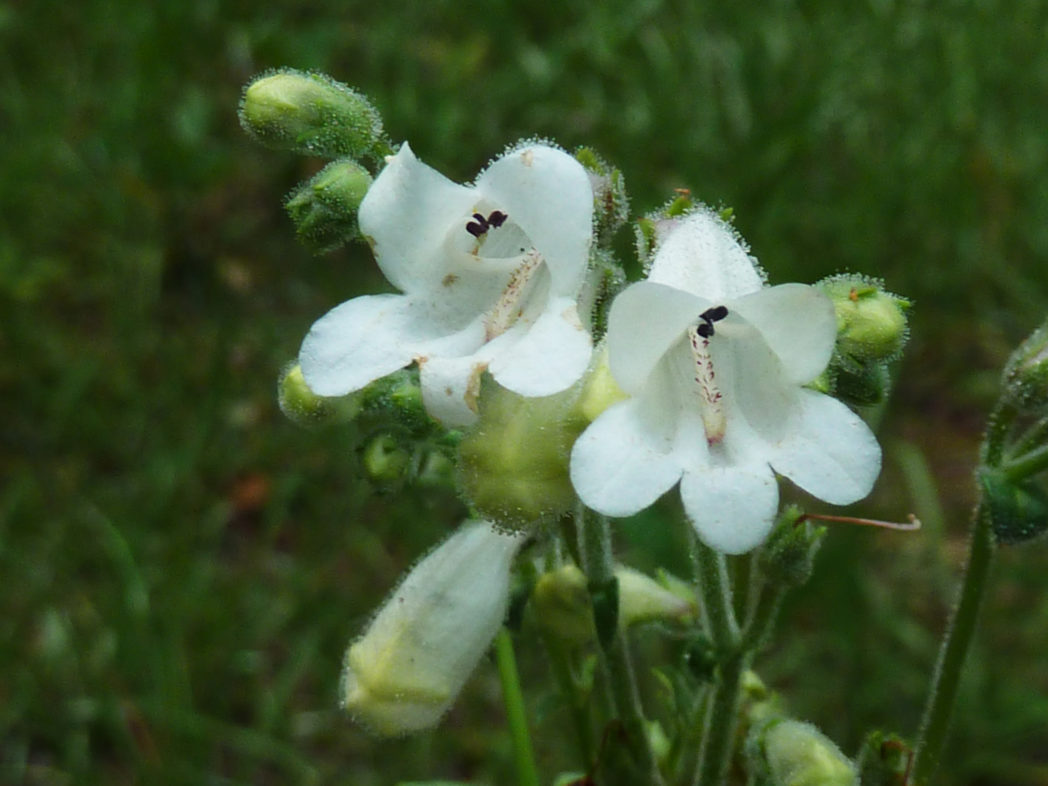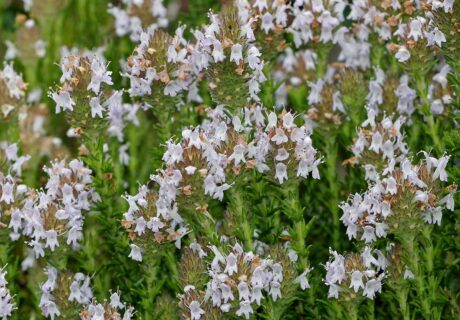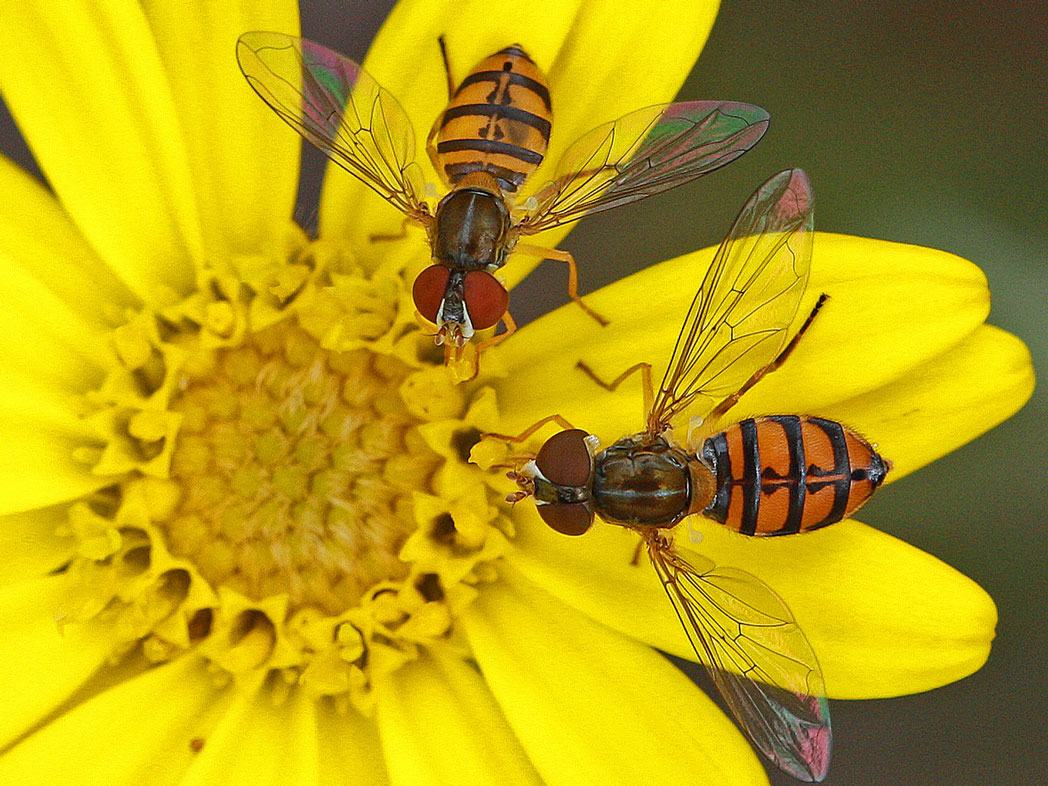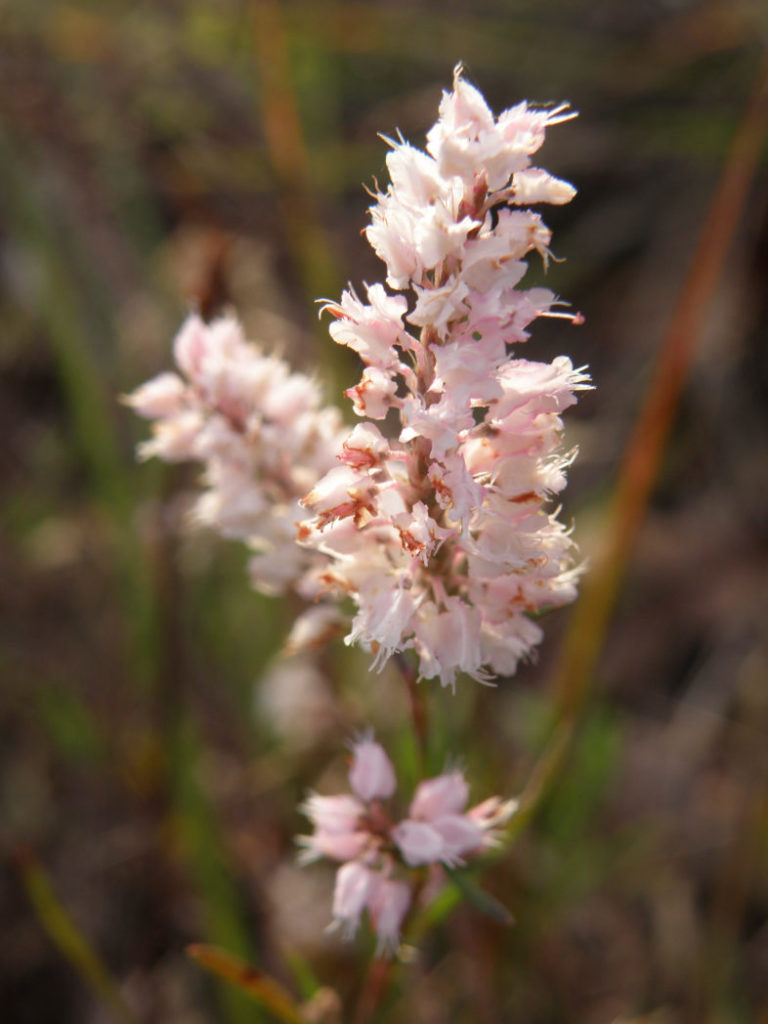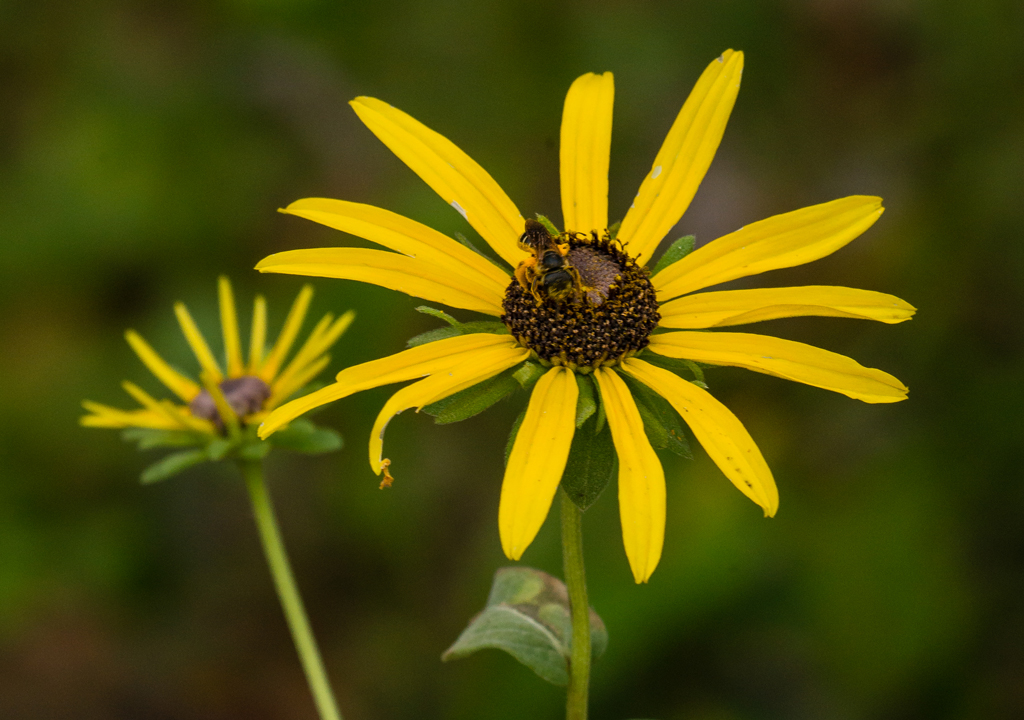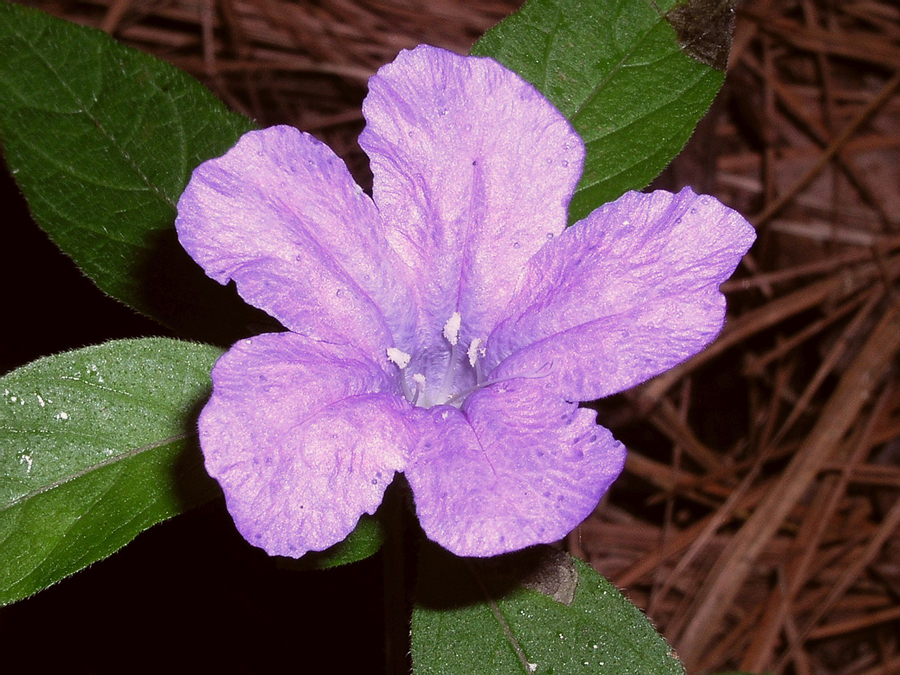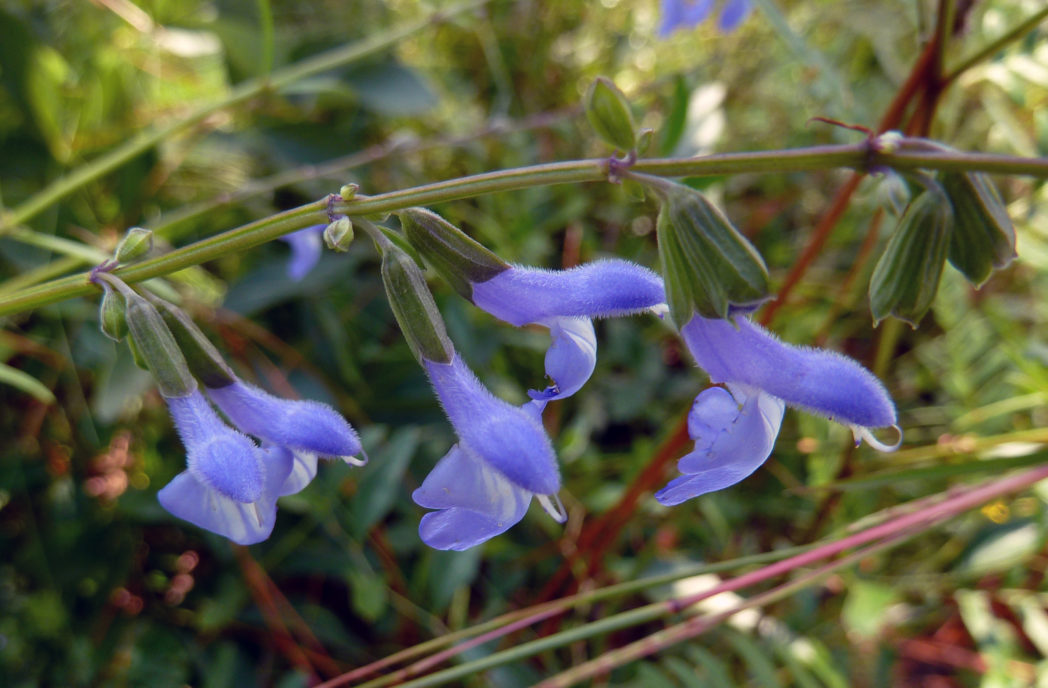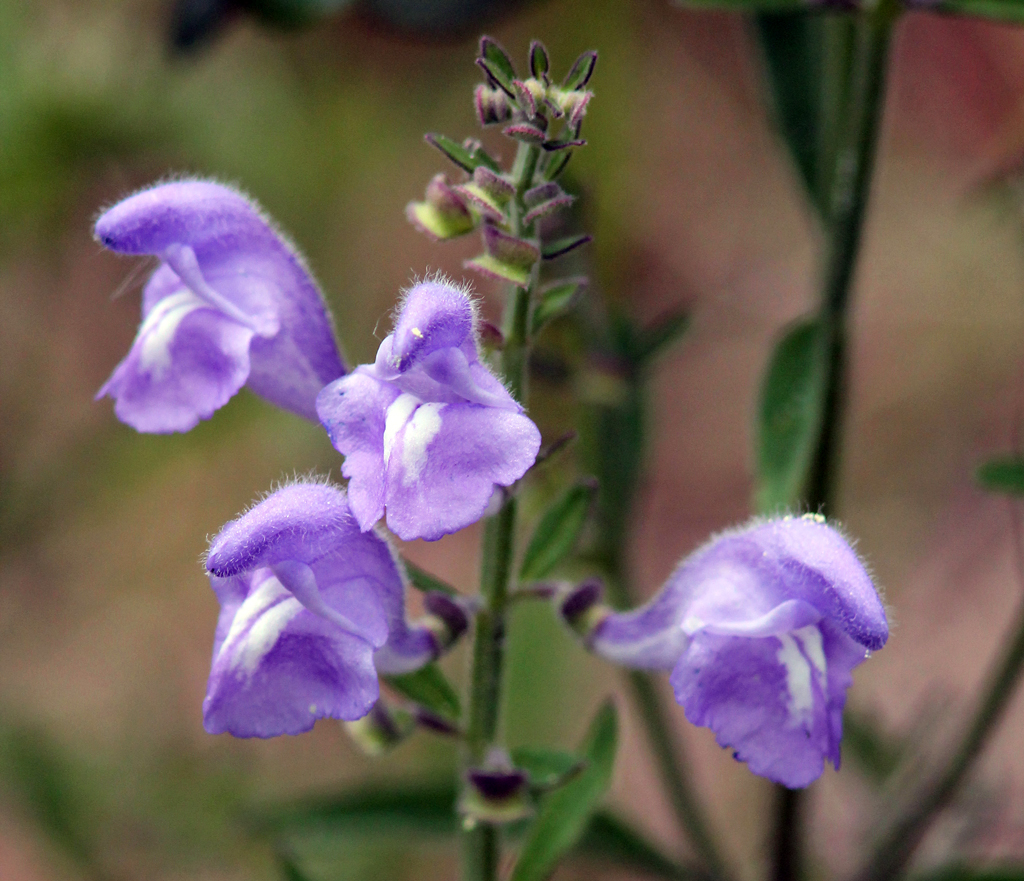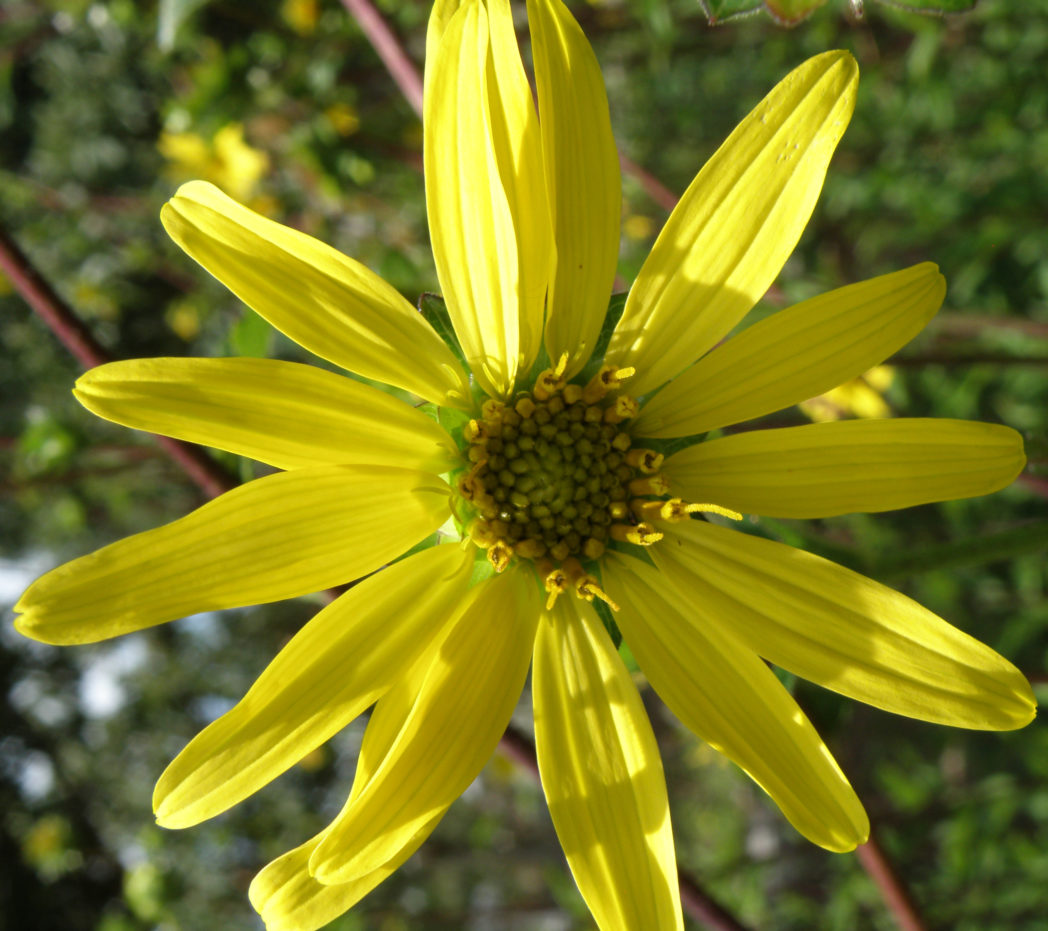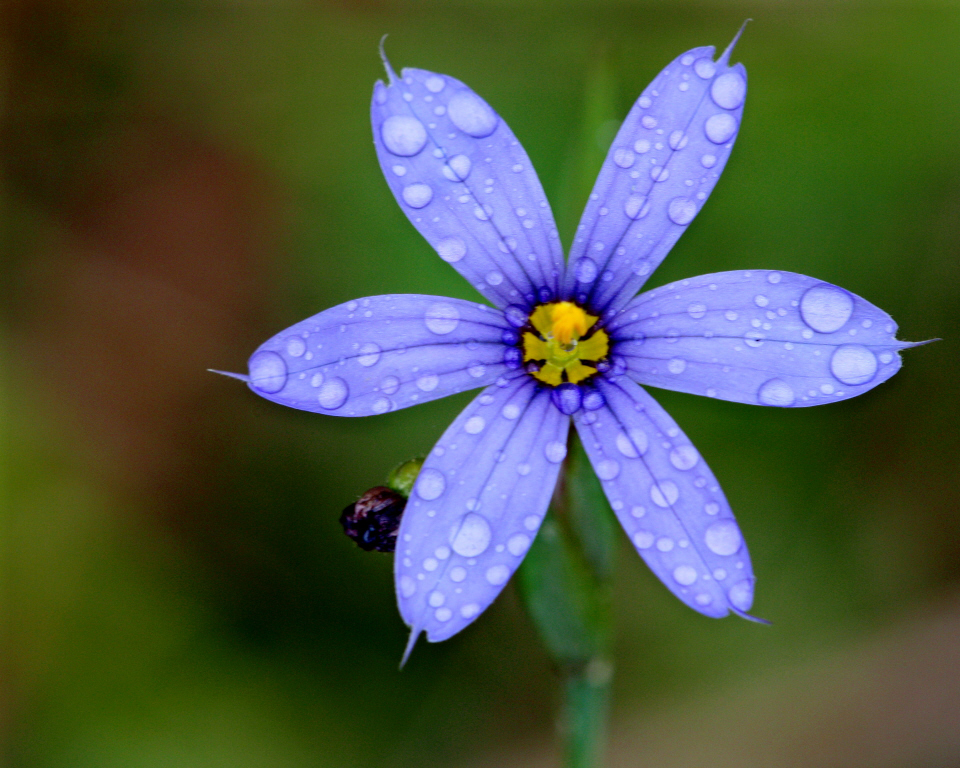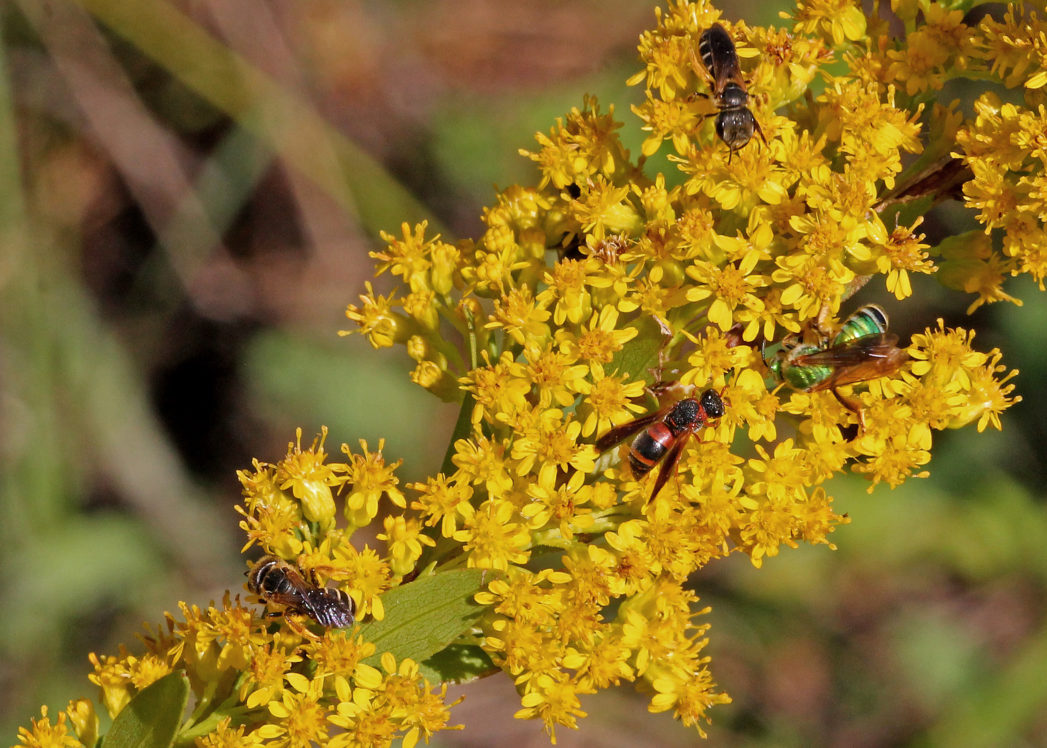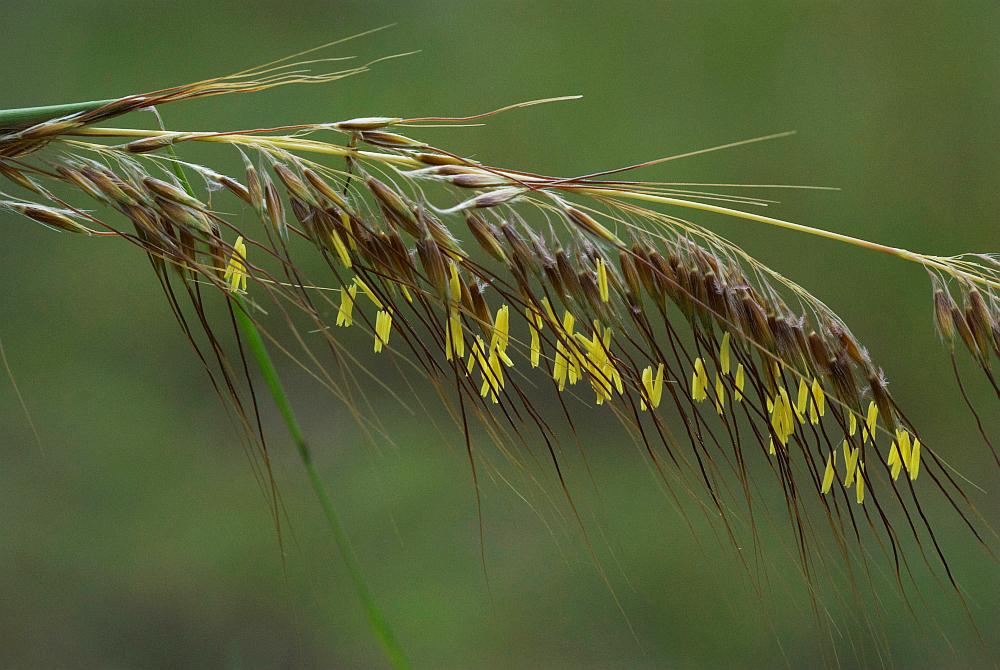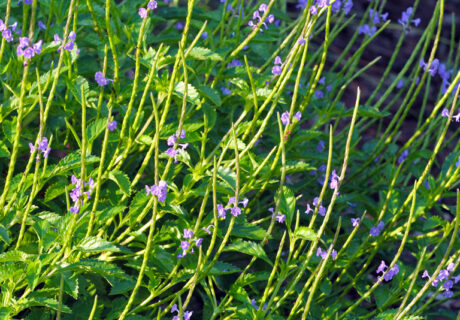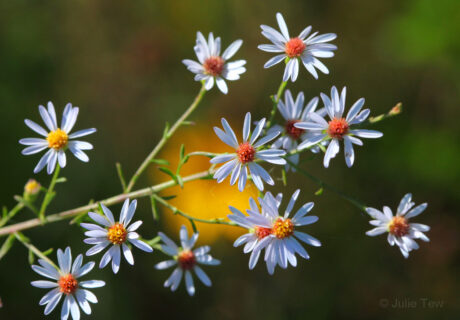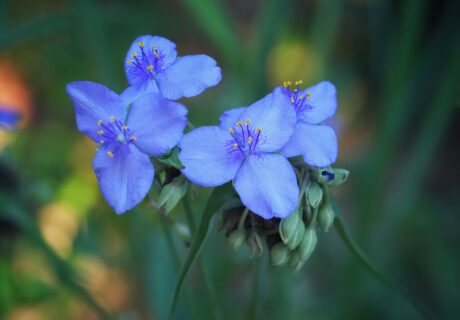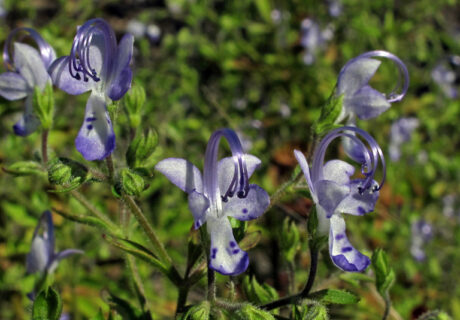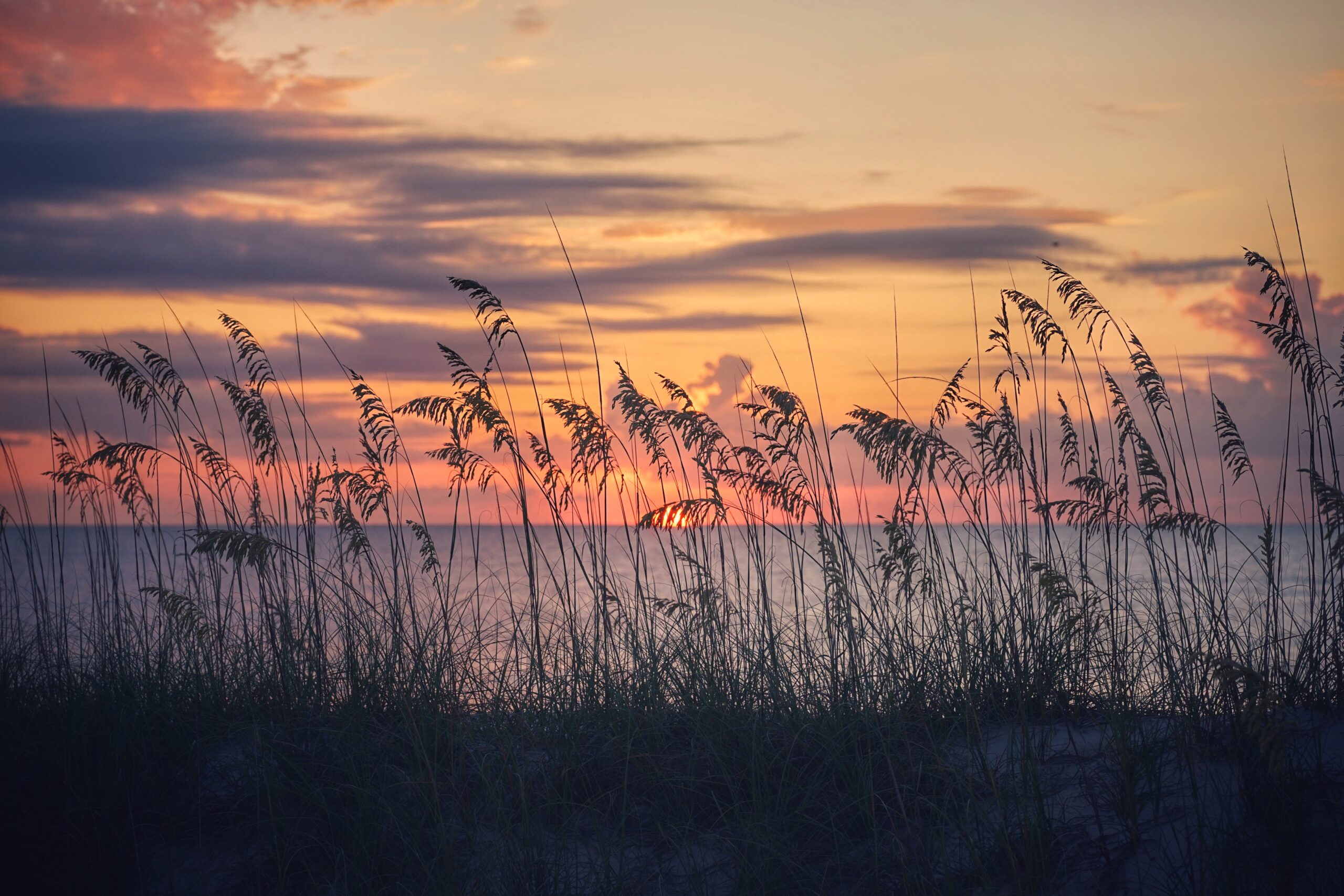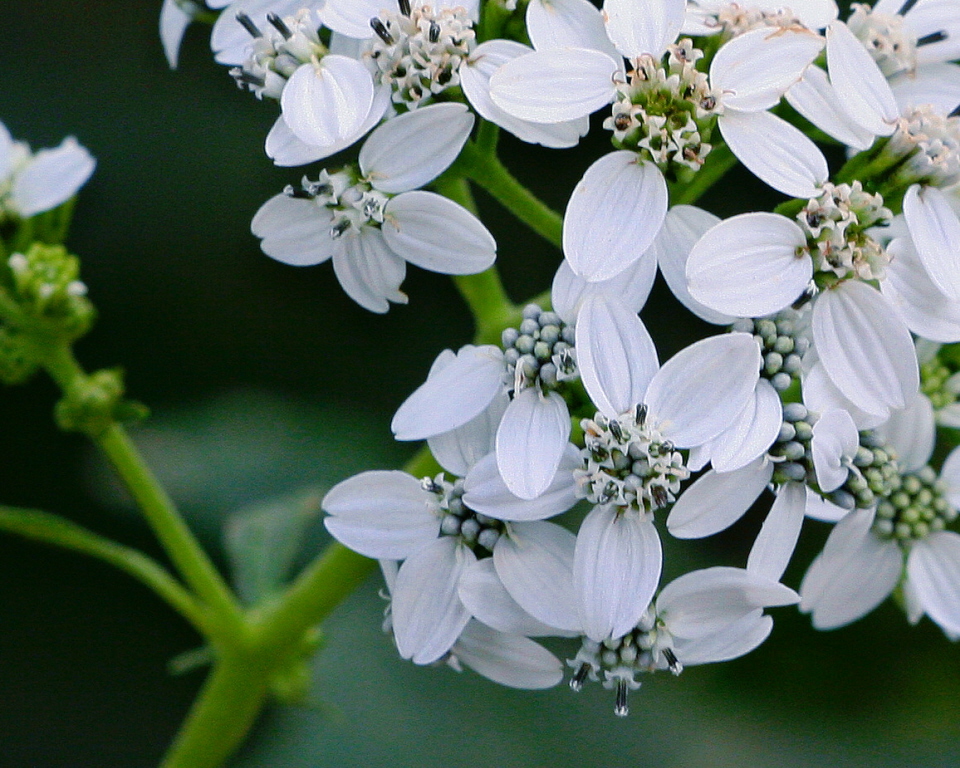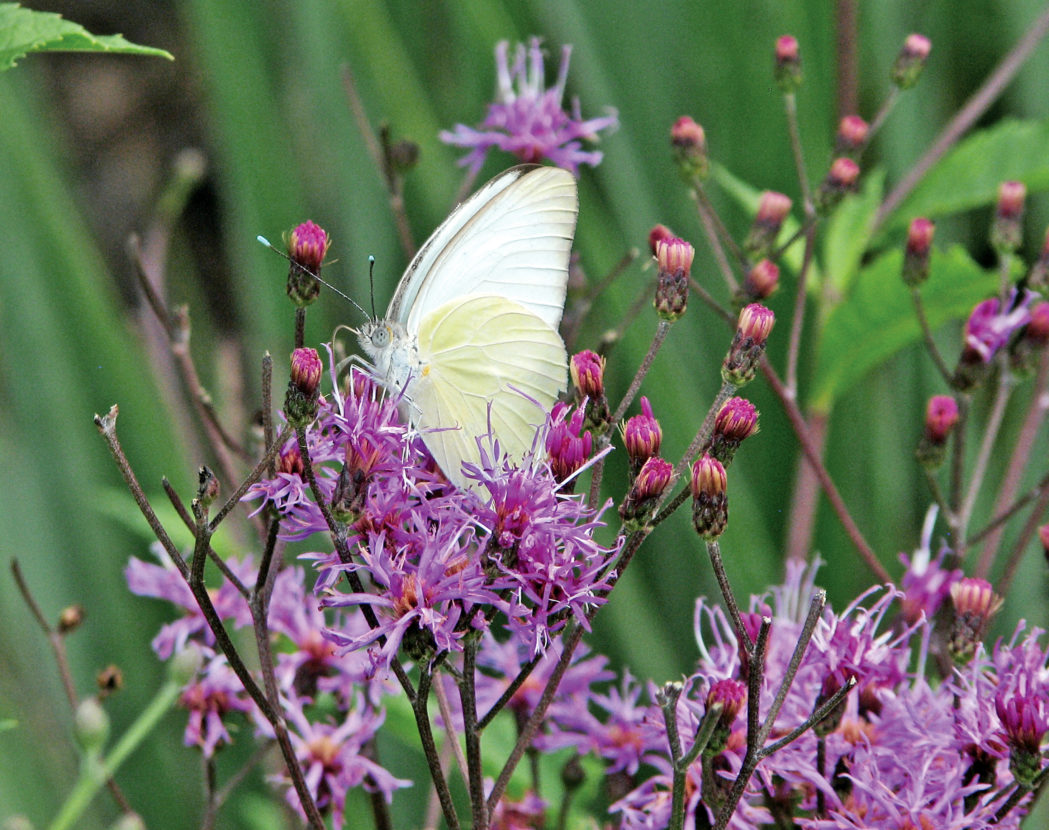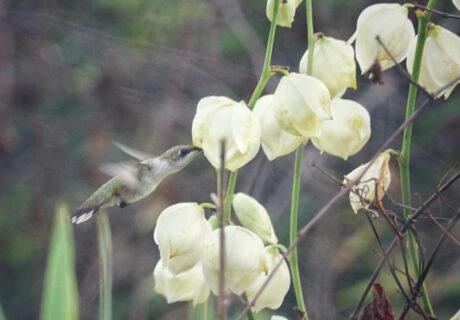Great Wildflowers for
Dry Landscapes
Landscaping with Florida’s native wildflowers and plants provides refuge for birds, bees and butterflies while creating “habitat highways” through urban settings.
Many Florida landscapes have sandy soils that are naturally dry and well-drained, even after heavy rain. Instead of mulching or amending these soils, embrace them and create a unique landscape by planting native wildflowers and grasses suited to dry conditions.
Plan for success
Your palette of native plants should be made up of species naturally found in your Florida locale. Look for small- to medium-size shrubs, perennial wildflowers and grasses found in sandhills, flatwoods, dune systems and other xeric ecosystems. Consider bloom season and mature plant size when choosing and placing plants. Plan to use wildflowers in groups of five to seven for visual impact and pollinator attraction.
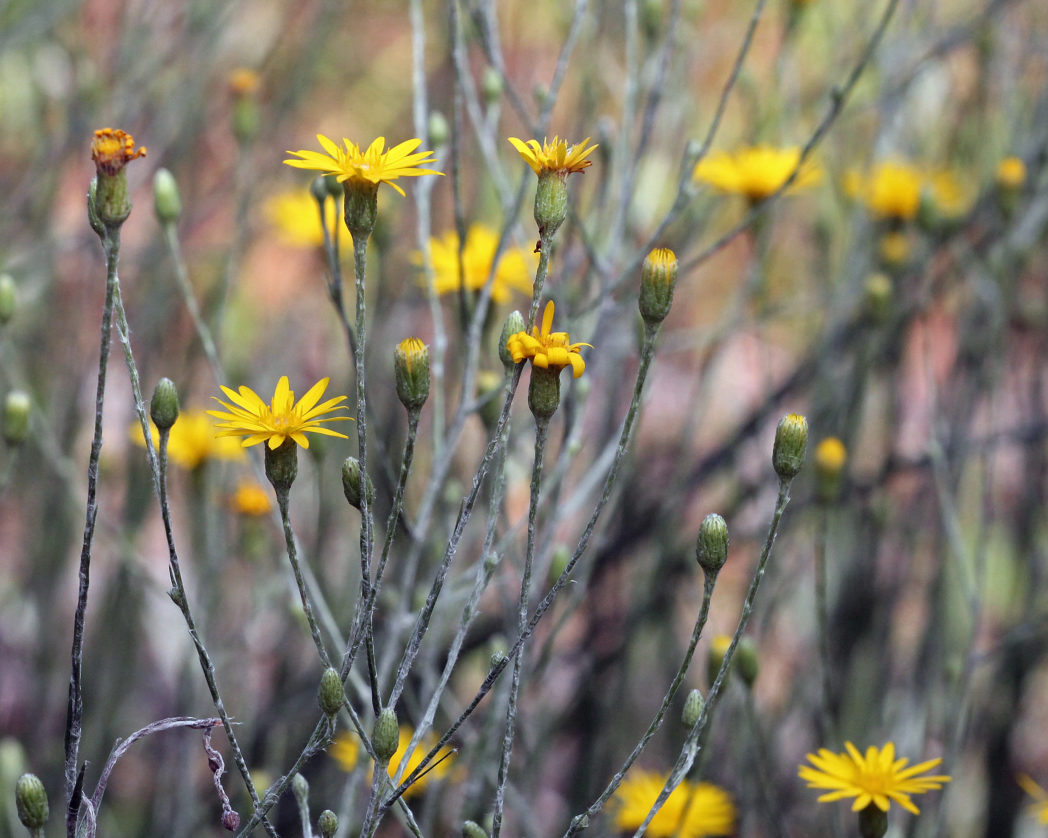
Planting and establishment
Many of Florida’s native plants and wildflowers do well in dry conditions. However, they must be established properly to get off to a good start. Dig a hole twice the circumference as the pot. Loosen the plant’s roots and install it even with the ground. Water liberally and keep soil moist for two to three weeks. Gradually taper off watering to weekly for four to six weeks if there is no substantial rainfall. A light mulching with pine straw can help reduce evapotranspiration and wilting.
Although full sun is preferred by many species, most can adapt to two to three hours of shifting shade. It can be challenging to establish wildflowers in sandy, shady areas where plant coverage may be less dense. It helps to go for a natural look in shade rather than a formal, evenly spaced planting.
For more about shade, download our Great Wildflowers for Shade handout.
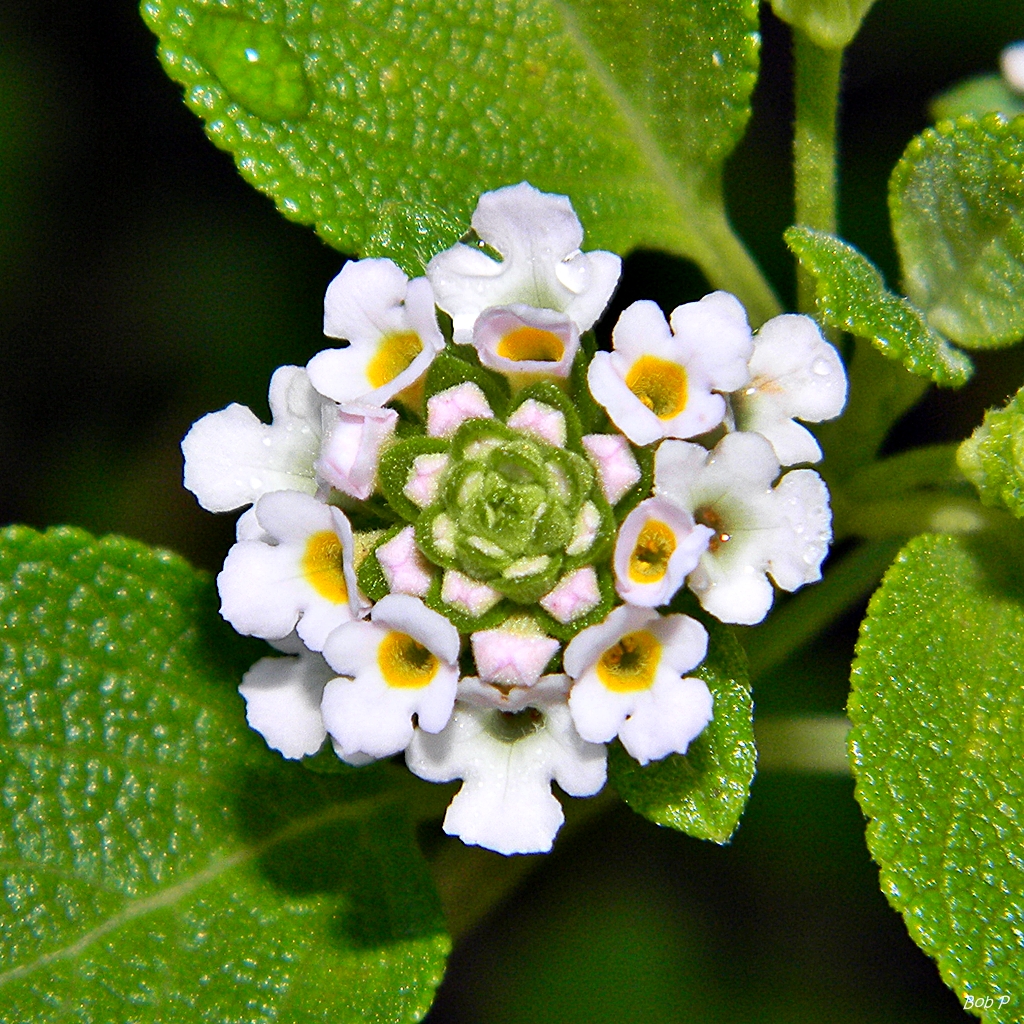
Care
Prune ground-covering plants such as vines or low-branching wildflowers as needed to keep them contained to the bed. After a season of growth, vines can become thin, bearing only sparse leaves and flowers. Trim stems to 2 to 3 feet to encourage new growth.
Some perennials go dormant in winter as part of their natural cycle. Dead stems can be trimmed to ground level or left as habitat for wildlife. Leaves will emerge at the plant’s base when conditions are right.
Many wildflowers spread from seed, so time pruning until after seeds mature and scatter.
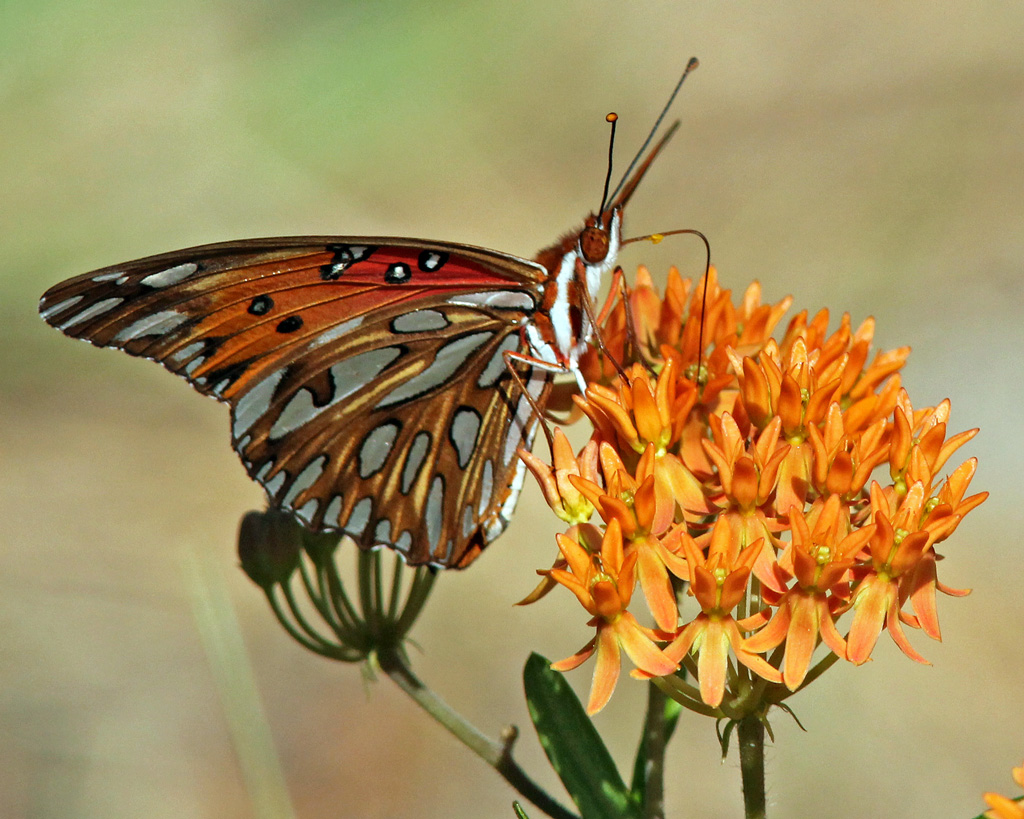
Great wildflowers for dry landscapes
The following native wildflowers and plants are suitable for dry soils.

